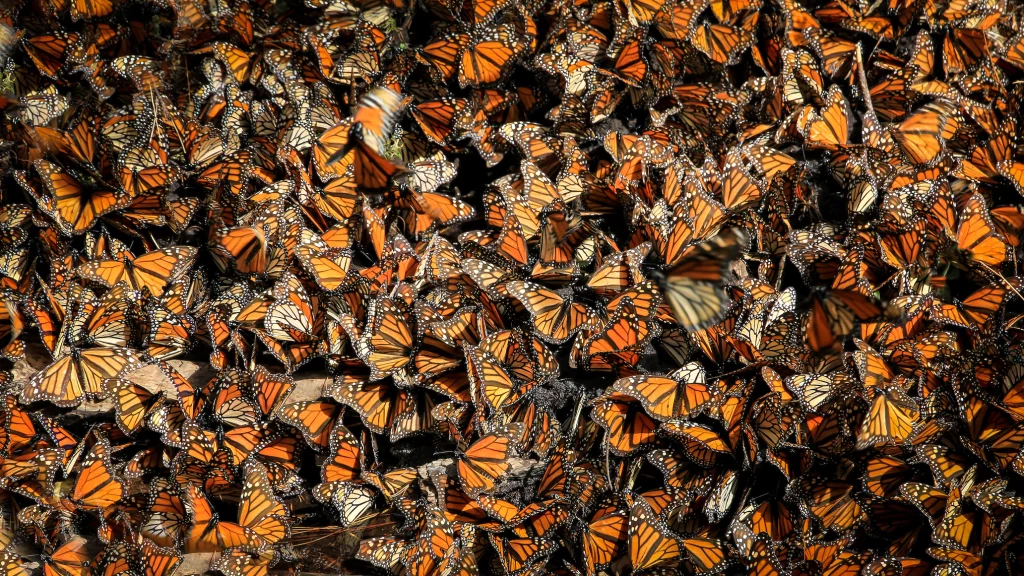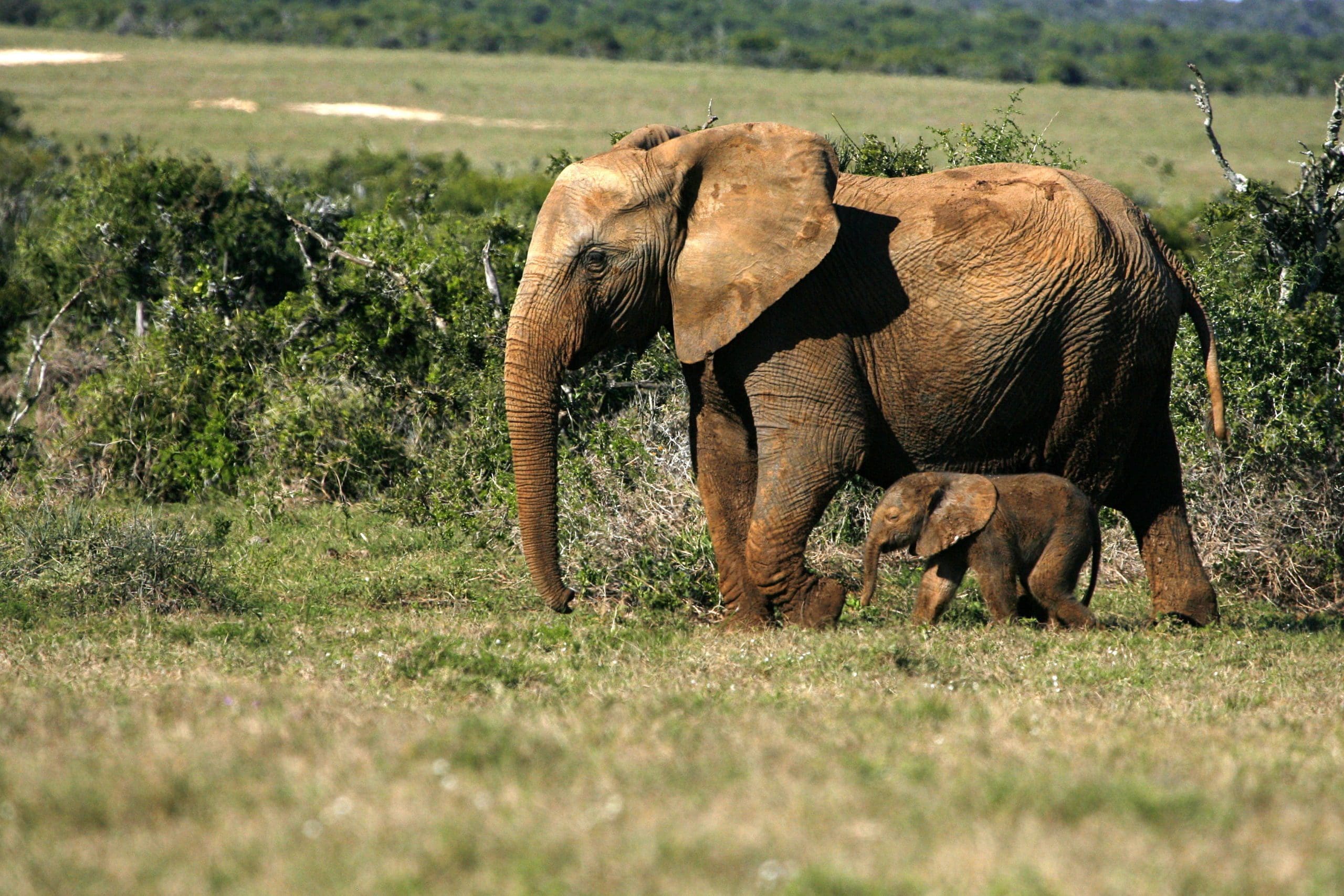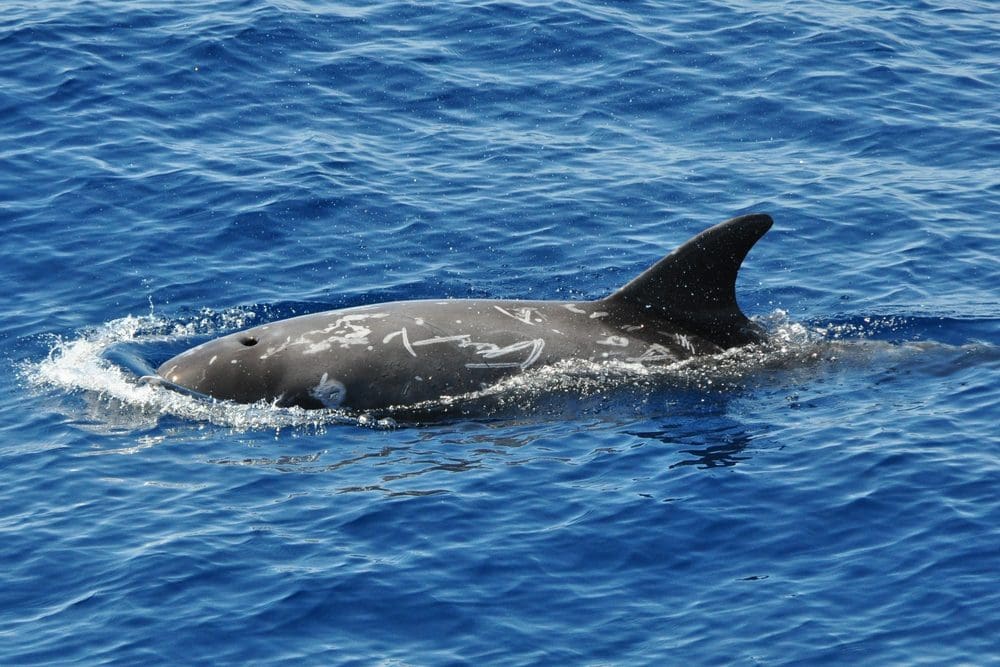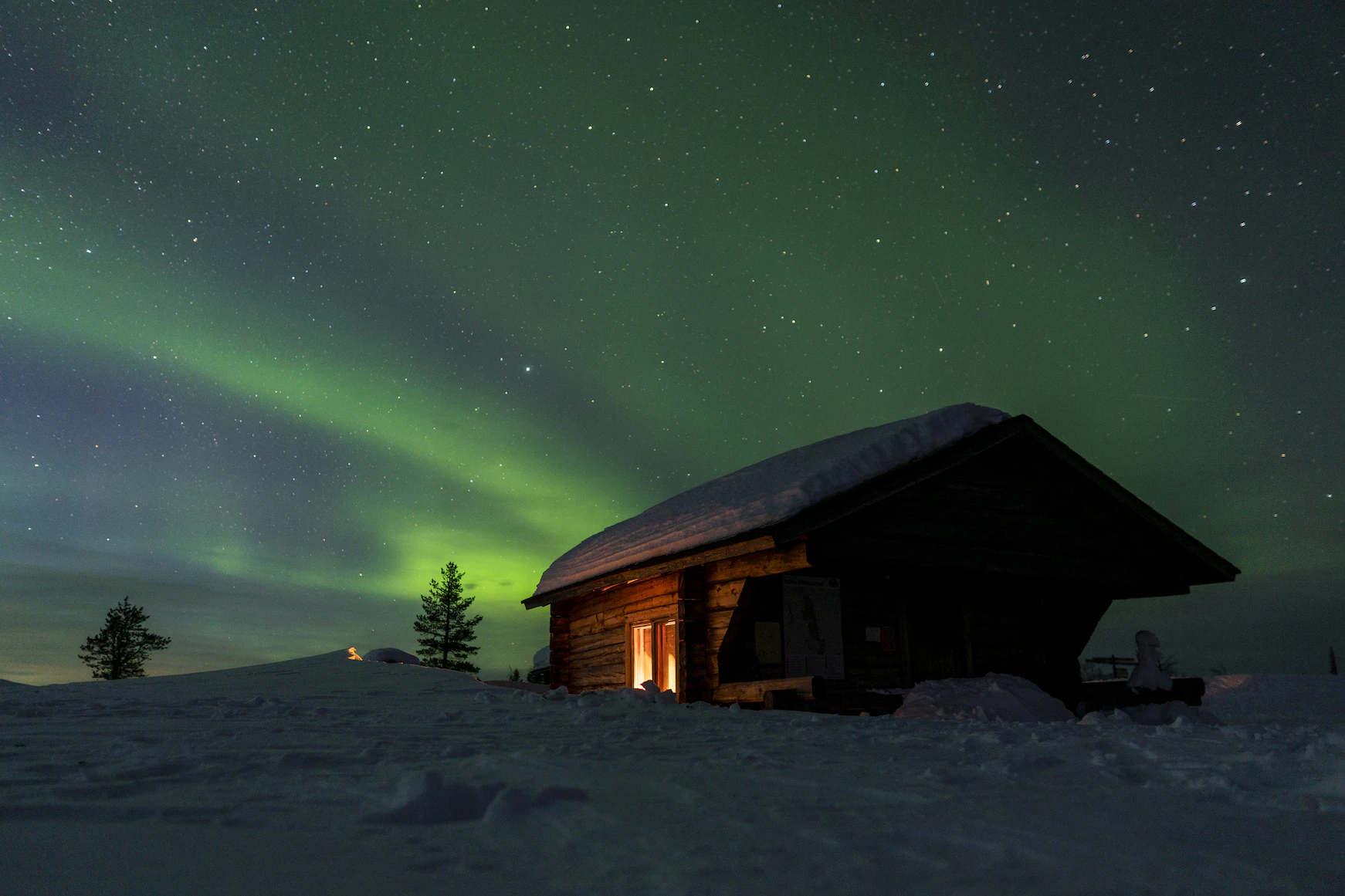Menu
The migration of the monarch butterfly to Mexico is one of the most remarkable natural phenomena in the world.
Every fall, millions of monarch butterflies begin their journey southward, flying over 3,000 miles to the mountains of central Mexico. This migration can take up to two months to complete and is one of the longest migrations of any insect species.
The monarch butterfly’s migration is triggered by changes in the weather and the availability of food. As the temperature begins to drop and the days get shorter, the monarchs begin to fly south in search of warmer temperatures and food sources.
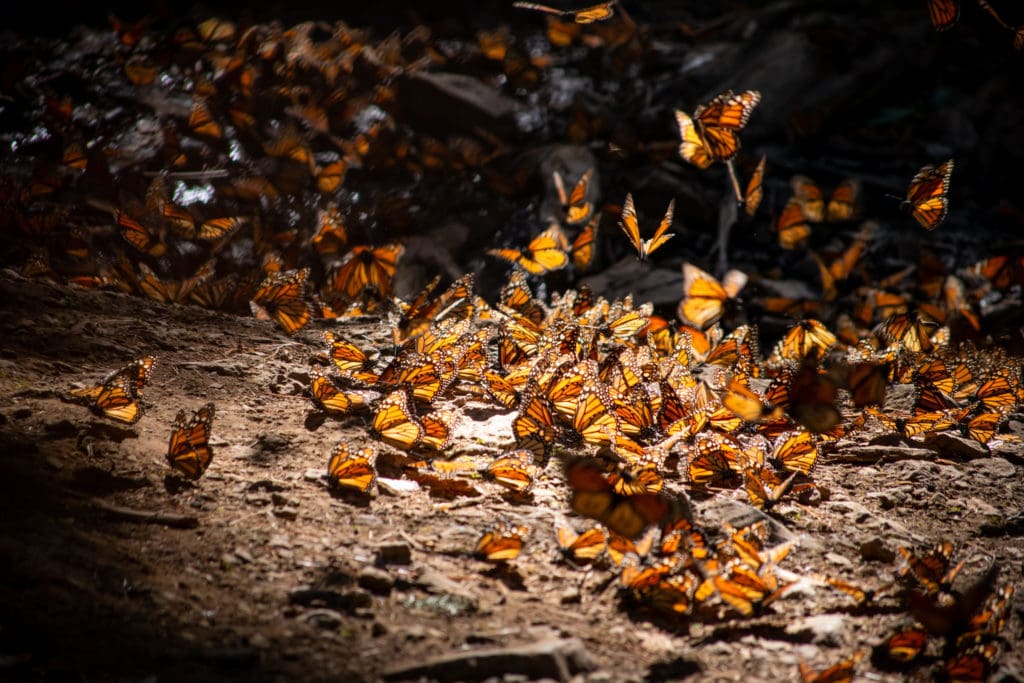
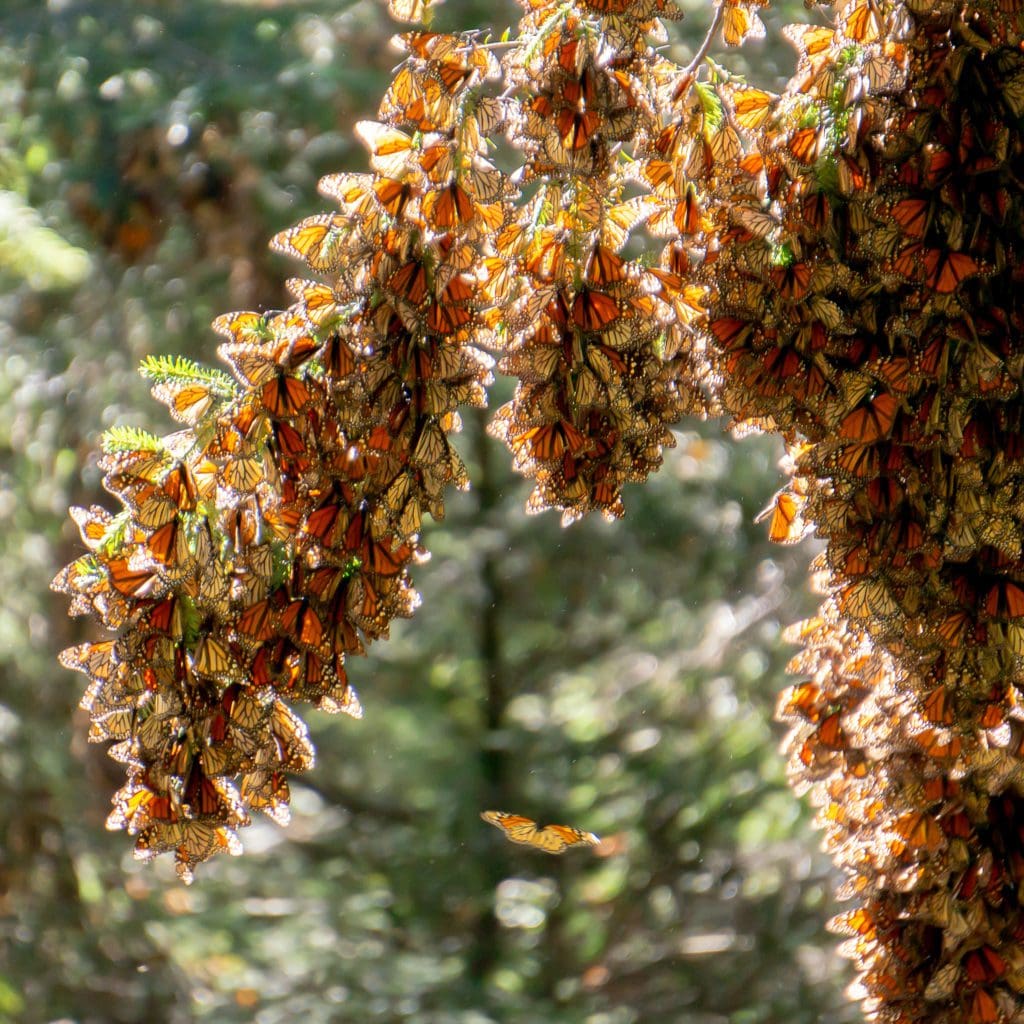
During their migration, the monarchs stop to rest and feed on nectar from flowers along the way. They travel in large groups, or “swarms,” which can contain thousands of butterflies.
The monarch butterflies are able to navigate their way to Mexico using a combination of the sun’s position in the sky, the Earth’s magnetic field, and their own internal compass. They are able to return to the same area of Mexico year after year, even though no individual butterfly makes the journey more than once.
Once they arrive in Mexico, the monarchs cluster together in large numbers in the oyamel fir forests of the Sierra Madre mountains. Here, they hibernate through the winter months until the weather warms up and they are ready to make the journey back north to lay their eggs.
The migration of the monarch butterfly is an amazing natural spectacle that continues to fascinate and inspire people all over the world. It is a reminder of the incredible power of nature and the importance of protecting the planet’s biodiversity.
The best time to see the monarch butterfly migration in Mexico is from late October to early March. During this time, millions of monarch butterflies from the eastern United States and Canada migrate to the oyamel fir forests of central Mexico to overwinter. The peak of the migration typically occurs in January and February, when the butterflies cluster together on the trees to conserve heat and energy.
Some of the best places to see the monarch butterfly migration in Mexico include the Monarch Butterfly Biosphere Reserve, located about 100 miles west of Mexico City, and the Sierra Chincua Sanctuary, located in the state of Michoacán. Visitors can hike or horseback ride through the forest to witness the spectacular sight of the butterflies clustering together in massive groups on the trees.
It’s worth noting that the exact timing of the monarch butterfly migration can vary from year to year, depending on weather patterns and other factors, so it’s a good idea to check with local guides or park rangers for the latest information on when and where to view the butterflies.
